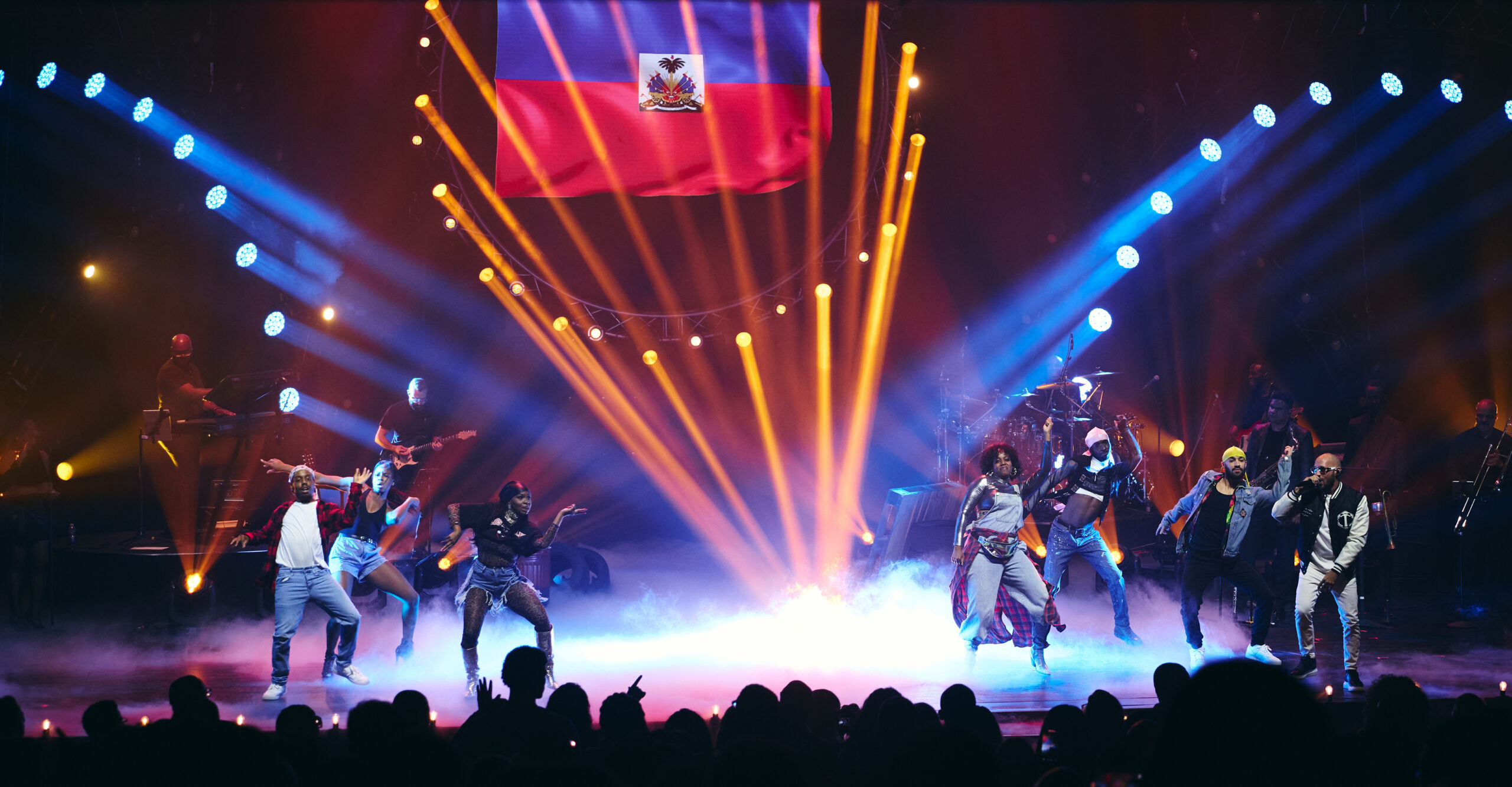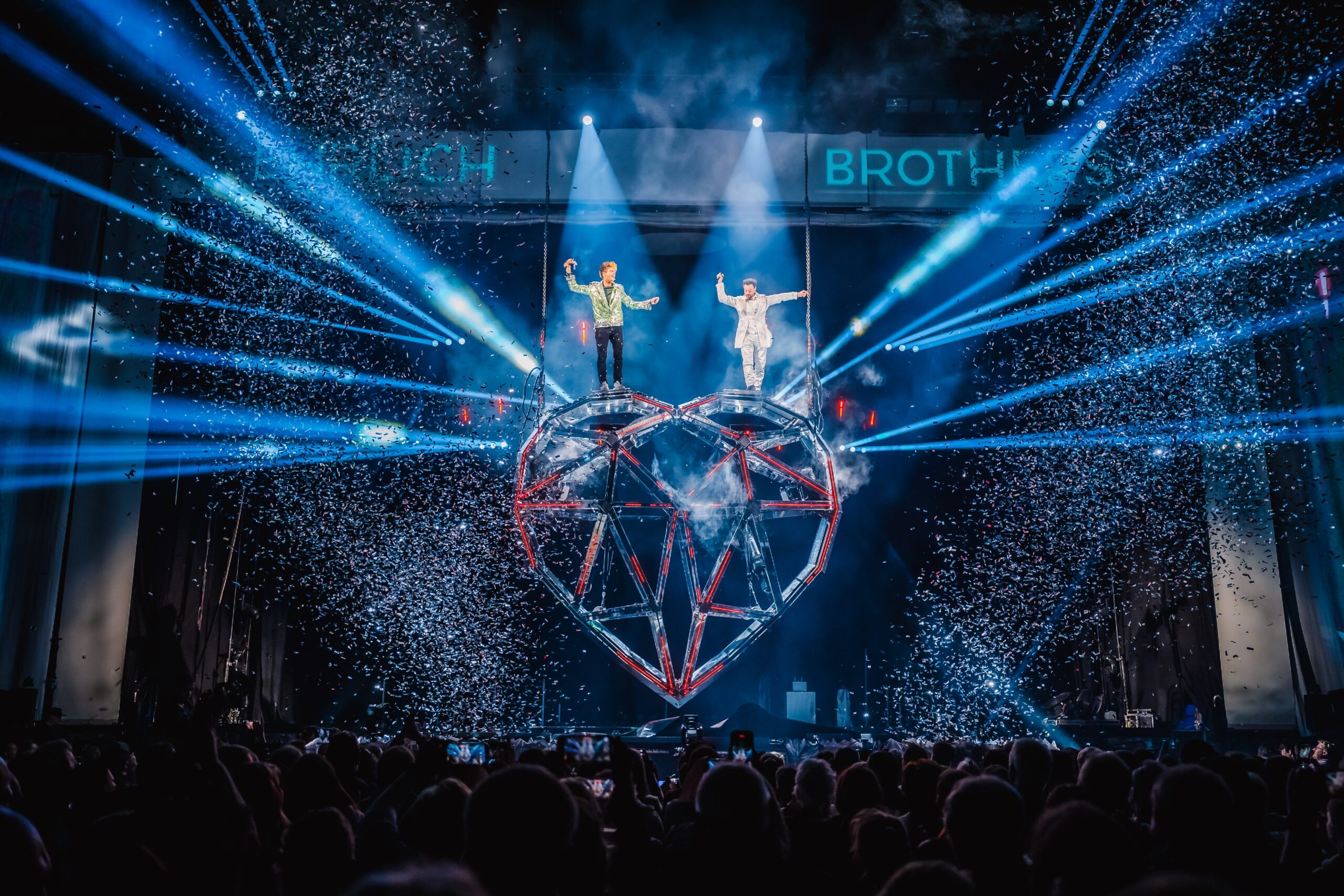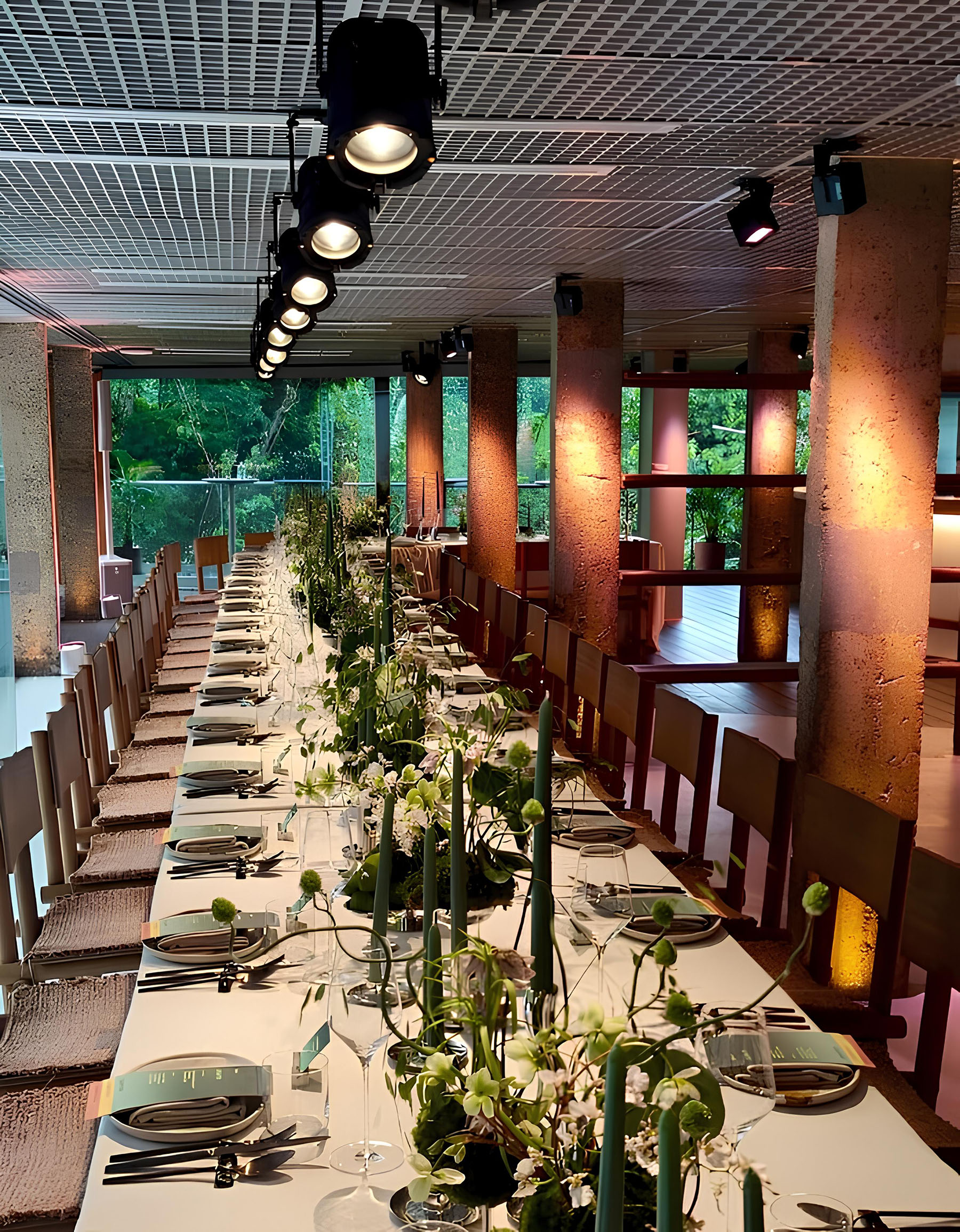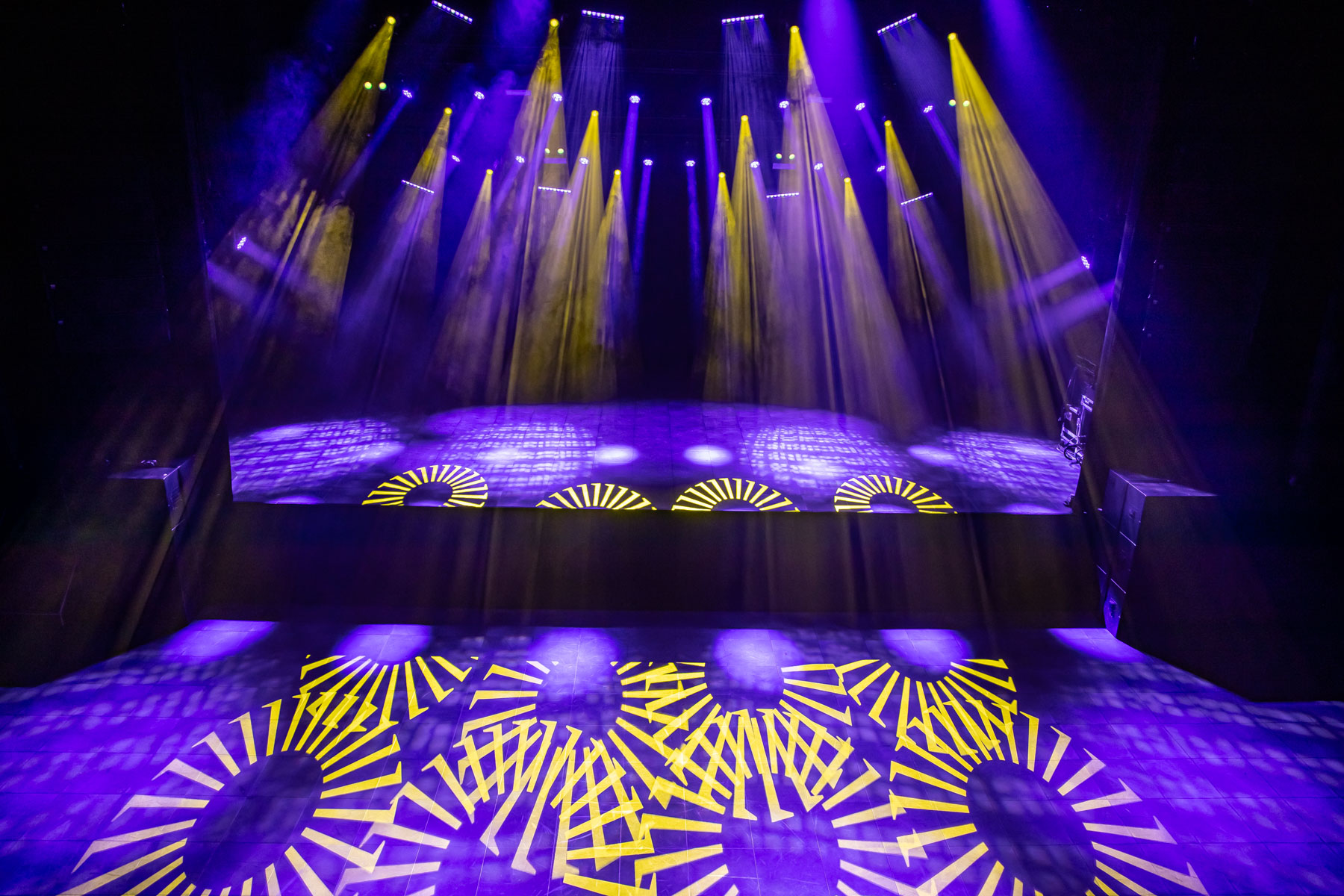JOHANNESBURG – For the fourth year running, Gearhouse South Africa supplied technical infrastructure to Top Gear Live, a live version of the quirky TV show for motor vehicle enthusiasts, which visited South Africa as part of its world tour. The event was staged in the Coca-Cola Dome in Johannesburg and at the Grand Arena at Grand West, Cape Town. Gearhouse worked with technical production company Lucidity for Brand Events SA, the official licensee for Top Gear Live in South Africa.
Gearhouse project manager Michael Lewis collaborated with Lucidity's Paul Newman, technical production manager, and the international Top Gear Live touring production team to ensure that sound, lighting, staging, rigging and 6,000 seats (from Havaseat, also a Gearhouse company) were installed into the Dome to create the Top Gear Live arena.
This featured an array of vehicular action and stunts presented by Jeremy Clarkson, Richard Hammond and James May, together with local DJ Sasha Martiningo from 5FM – with an emphasis on speed.
First, the Gearhouse Rigging team went into the Dome and installed 156 points, 85 percent of which were bridled to facilitate getting lighting, sound and AV equipment in exactly the right places.
The total roof weight loading added up to 20.3 tonnes. This included all the production hung in the main Top Gear Live arena, which took up a large section of the Dome, plus a whole section of trussing and lighting that was supplied for the accompanying mezzanine and main exhibition areas.
The tonnage figure also included a substantial trussing infrastructure built specifically for the draping and blacking out of the main arena from the rest of the venue.
The show fused a fast-paced TV-style presentation with rock 'n' roll spectacle, and drew sell-out crowds.
Lighting
Steve Sinclair form the Top Gear Live team designed the live arena lighting. He worked alongside a Gearhouse Lighting team of 15, with Gearhouse's Sean Rosig as programmer and operator.
A star-shaped truss design was flown above the arena, including a six-meter ring and a nine-meter square truss with a diameter of approximately 12 meters that had nine "fingers" coming off it. At the end of each finger was a vertically underhung four-foot section of A-type trussing, with moving lights stacked on top of one another.
There were a total of 114 moving lights on the rig, a mix of Robe ColorWash 700E ATs, ColorSpot 2500E ATs and Robe ROBIN 300E Wash fixtures. There were also 23 Martin Mac 2000 Profiles, 16 Martin Mac 250 Entours and four Martin Atomic 3000 strobes.
Top Gear Live brought their own eight-meter-high Loop-the-Loop, which required 14 tons of ballast to keep it anchored. This was successfully manoeuvred into position by Top Gear's famous anonymous stunt driver The Stig in his very own Stigmobile. Behind the Loop-the-Loop, the crew set up a six-meter-diameter vertically-hung circular truss and loaded it with 16 Martin Professional MAC 250 Entours for backlighting the Perspex panels on the set, which were erected directly behind the Loop-the-Loop.
The set was manufactured in Cape Town. It also included the "Cage of Death," a steel mesh globe in which four mad stunt riders rode and screeched their motorbikes around simultaneously.
Rosig programmed and ran the show lighting using a grandMA full size console, with Steve Sinclair calling the cues and the four followspots.
Video
Two eight-meter-by-4.5-meter I-Mag screens were flown on both sides of the main set, fed by two pairs of overlaid Christie 16K projectors. Marcel Wijnberger from Gearhouse Media ran two Wings servers storing Top Gear Live content and VT inserts.
Rosig controlled ambient content with a Catalyst supplied by Top Gear, all of which was fed into two Screen Pro IIs supplied by Gearhouse AV and operated by Craig McGinn. McGinn also received I-Mag camera feeds which he output to screen.
Seating
The two seating stands installed into the Dome – each containing 3,000 raked seats – were positioned at 90 degrees to one another, forming a wedge shape between the stands, This space was not wasted, and a stand was designed specifically to accommodate 100 VIPs with five bars and pre-show hospitality areas behind the seating, which was finished in plush red velvet carpeting. At the back of the VIP section was the followspot platform set 11 meters high.
The FOH mixer area was neatly tucked in to the front bottom edge of the seating stand, and everything was draped in black.
"It was a great pleasure to work with Paul and Lucidity and all the Top Gear Live international crew," said project manager Lewis. "Some great teamwork between all of us ensured that we got the show on, and dealt very effectively with any curve-balls that popped up as they inevitably do on a production of this scale."
For more information, please visit www.gearhouse.co.za



